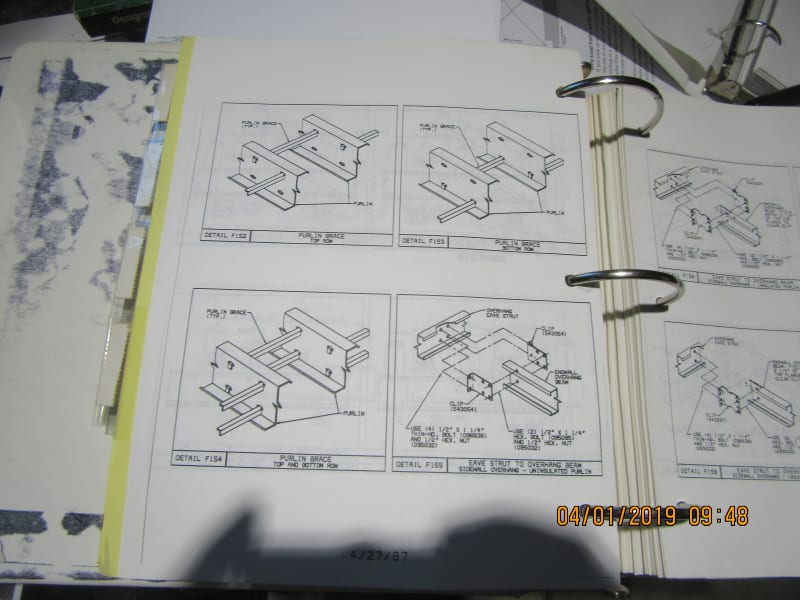hamy08
Materials
- Feb 24, 2017
- 33
I am analyzing shed design on staad pro. I have released moments at the start and end of roof purlins. But still purlins are failing under slenderness. May be because the force is acting at the ends and the purlins are behaving like columns. Which is also true in real case as the purlins are supported between the rafters with bolts at the web of purlin and at upper flange of rafter beam.
Can any one explain me which type of end supports should be considered for purlins?
why it is failing under slenderness, however it should act like a beam?
Can we still use purlins even failing under slenderness ration?
Can any one explain me which type of end supports should be considered for purlins?
why it is failing under slenderness, however it should act like a beam?
Can we still use purlins even failing under slenderness ration?





